Home
/
Our Partners
/
Alligator River NWR
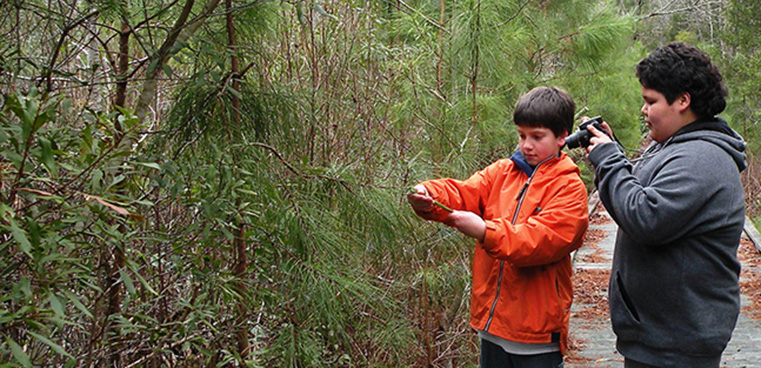
National Wildlife Refuges
Alligator River NWR
Established in 1984 to preserve and protect a unique wetland habitat type - the pocosin - and its associated wildlife species, the refuge offers a diversity of habitat types including high and low pocosin, bogs, fresh and brackish water marshes, hardwood swamps, and Atlantic white cedar swamps. Visitors may also find black bears, deer, river otters, and red wolves, along with a variety of birds, reptiles, and amphibians. Whether paddling on the paddling trail, hiking or birding on the Sandy Ridge or Creef Cut Wildlife Trails, or taking a casual journey on the Wildlife Drive, visitors are sure to create memorable experiences.
Climate change presents a particularly grand challenge for the staff of the Alligator River National Wildlife Refuge (ARNWR). Recall that a projected 770 square miles of coastal wetlands are likely to be lost in North Carolina over the next 100 years and the Alligator River National Wildlife Refuge is mostly a coastal refuge! Rising sea levels will inundate many of the Refuge's existing marshes, creating new challenges for management. Swallow-tailed kites, wood thrushes, and Swainson's warblers, as well as mammals such as black bears, depend on the large forested areas of the Refuge. Sea turtles, Nelson's sharp-tailed sparrows, and black rails depend on the marshes. Loblolly pine, sweet gum, bald cypress and other plants Refuge volunteers, visitors, and staff are monitoring through Project BudBurst, also inhabit coastal and upland regions of the Refuge. Each species will adjust to climate change differently and therefore the management strategies for conserving these species for future generations will differ among them. Luckily for the hunters, fishers, hikers, birders, and visitors, the Refuge staff has begun to strategize and think about ways to adapt their management of Refuge land and resources to account for expected climate change consequences. They are working with the research community to stay current with management strategies related to the changing nature and hydrology of the Refuge. They are also partnering with programs such as Project BudBurst and encouraging volunteers, visitors, and staff to proactively monitor changes in the plant populations at the Refuge. Your contributions to Project BudBurst will help Refuge staff better prepare for the changes ahead, ensuring that North Carolina continues to have great landscapes and a great climate for future generations to enjoy.
Plants to Monitor
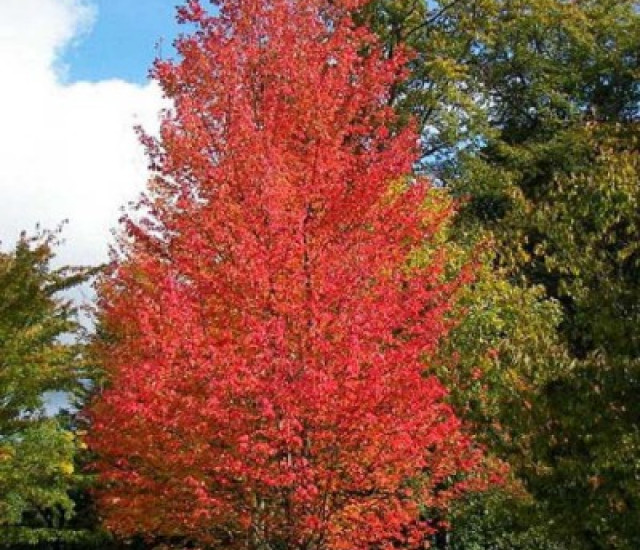
red maple
Acer rubrum
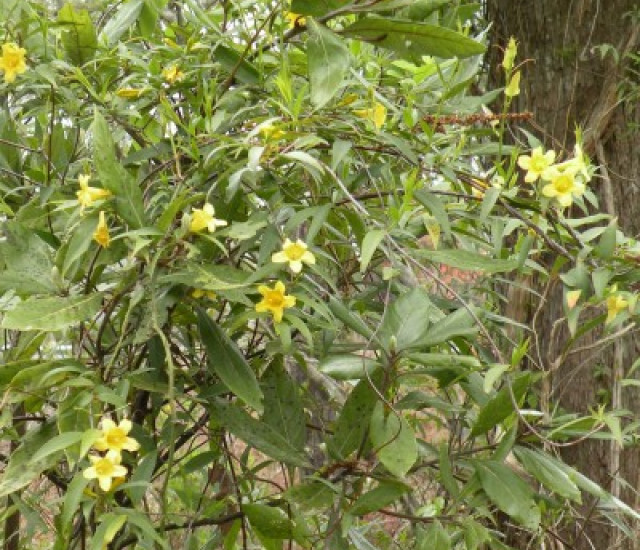
Yellow jessamine
Gelsemium sempervirens
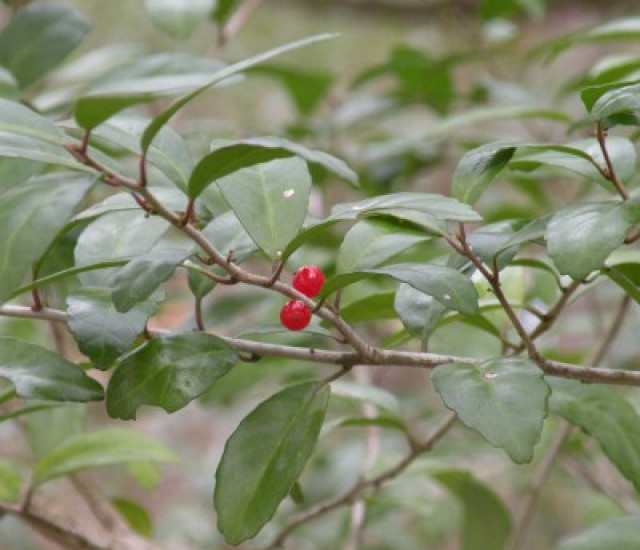
Yaupon holly
Ilex vomitoria
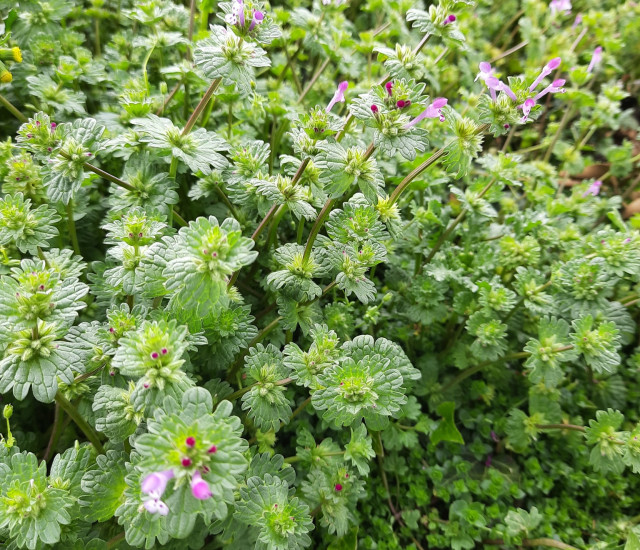
Henbit deadnettle
Lamium amplexicaule
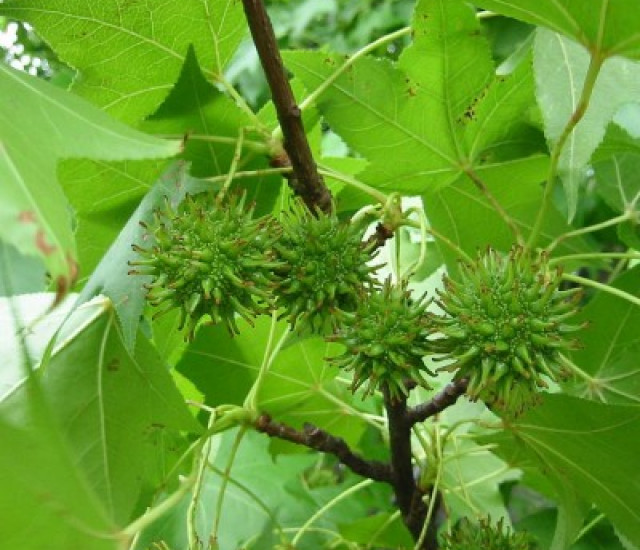
American sweetgum
Liquidambar styraciflua
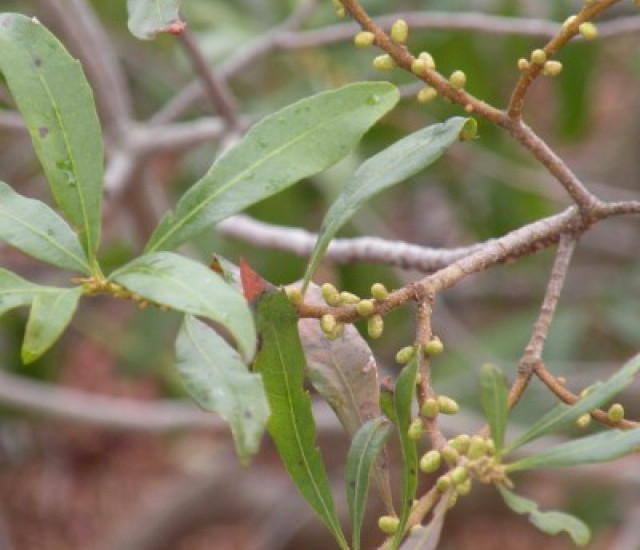
Waxmyrtle
Morella cerifera
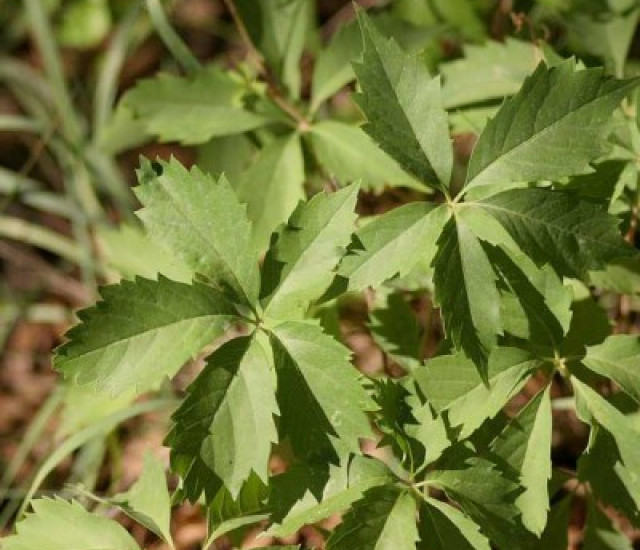
Virginia creeper
Parthenocissus quinquefolia
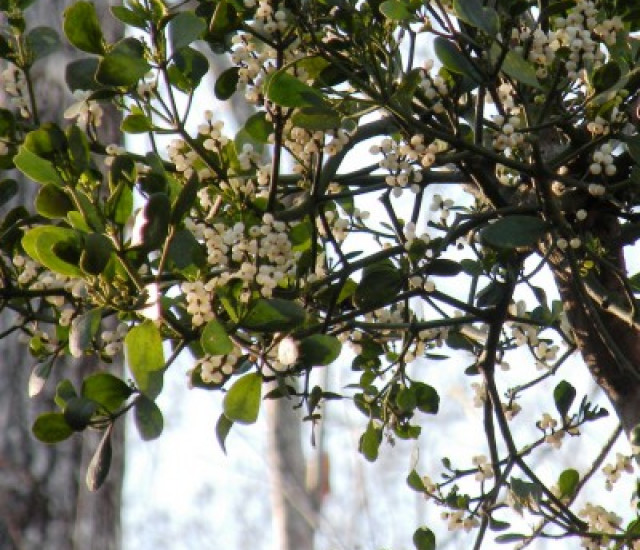
Oak mistletoe
Phoradendron leucarpum
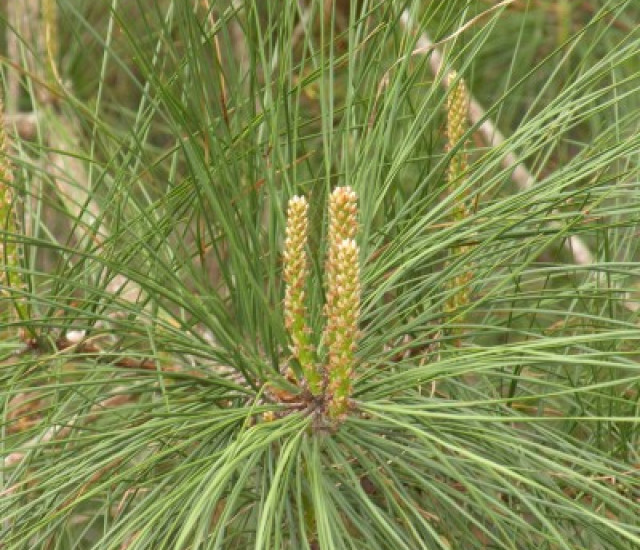
Loblolly pine
Pinus taeda
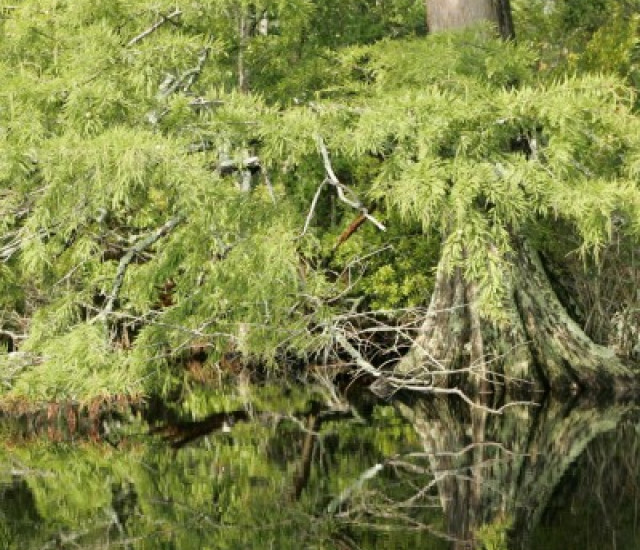
Bald cypress
Taxodium distichum
See Menu
- 2021 Chicago Botanic Garden. All Rights Reserved.
-
Creative Commons
BY-NC-SA 4.0 - Terms of Use
- Privacy Policy
- Data Sharing and Citation Policies
- 2021 Chicago Botanic Garden. All Rights Reserved.


